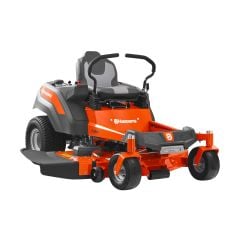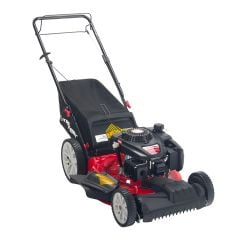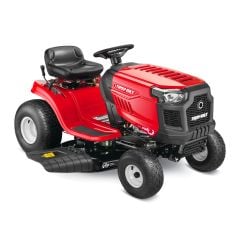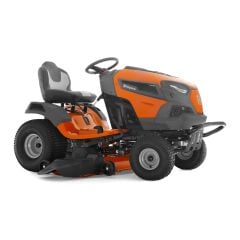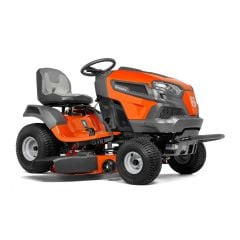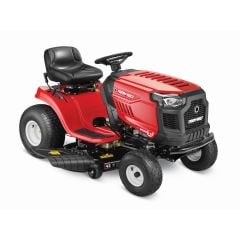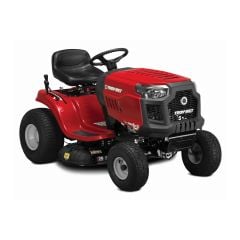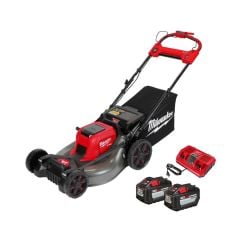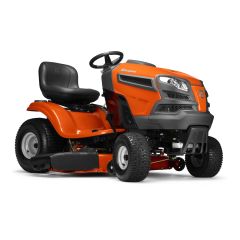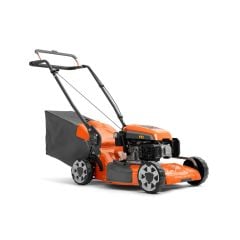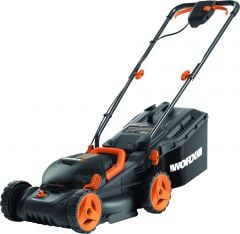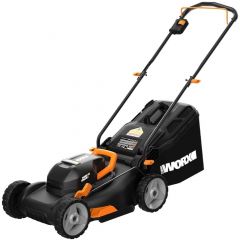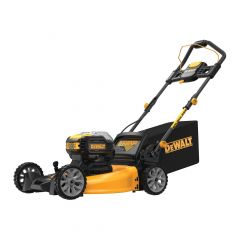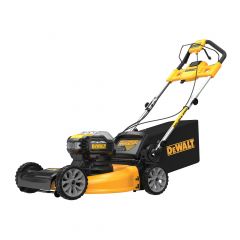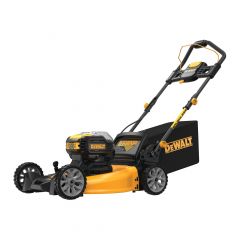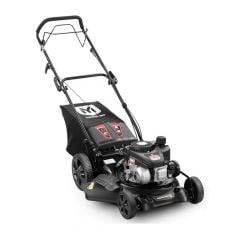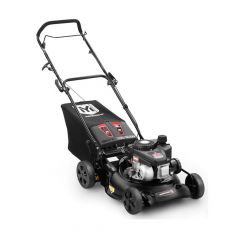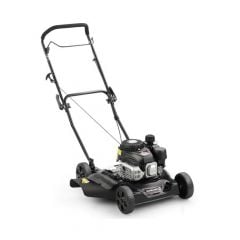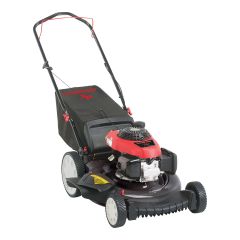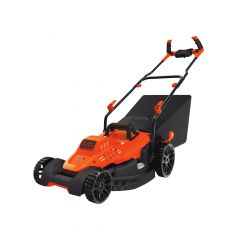Whether or not you have a green thumb, lawn mowers are a must-have for home and cottage owners. But so many questions can come up when you visit the outdoor power equipment department to pick one. Manual reel, electric, gas or battery powered: we’ve put together a handy shopping guide with the pros and cons of each type of mower to help you make the right choice.
1. Power sources
There are four main types of lawn mowers on the market, each with their own pros and cons depending on the level of eco-friendliness you’re looking for and the area to mow. Let’s take a closer look!
Manual reel mowers
The reel lawn mower is the quietest and greenest option. It delivers solid results and requires minimal maintenance, aside from cleaning the blades. It’s the perfect solution for level lawns of less than 5,000 square feet.
The downside is that a reel mower requires more effort because it doesn’t have a motor. And it’s not as effective in long grass. Reel mowers typically range between $100 and $200.
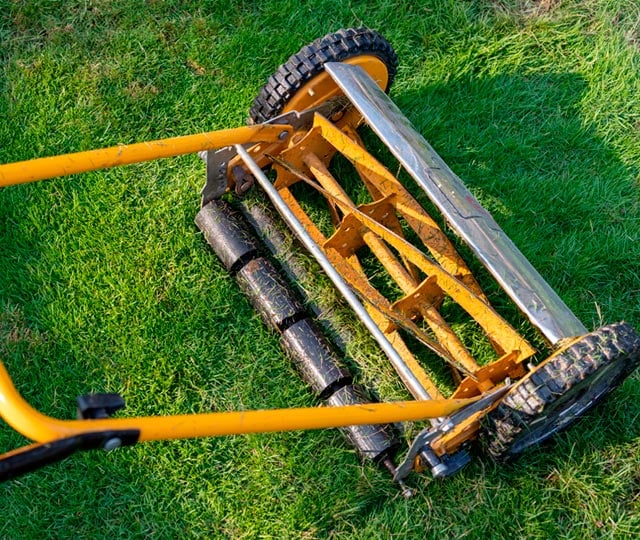

Gas mowers
Among motorized mowers, gas lawn mowers are usually the most powerful. And they come with several options: manual push or self-propelled, with or without an electric ignition system, and with a two- or four-stroke engine. It’s a great choice for lawns of up to 20,000 square feet and those with a slope.
On the other hand, gas mowers are the noisiest and most polluting on the market. They require an annual tune-up and regular maintenance, including oil changes and fuel additives. They generally start at $250.
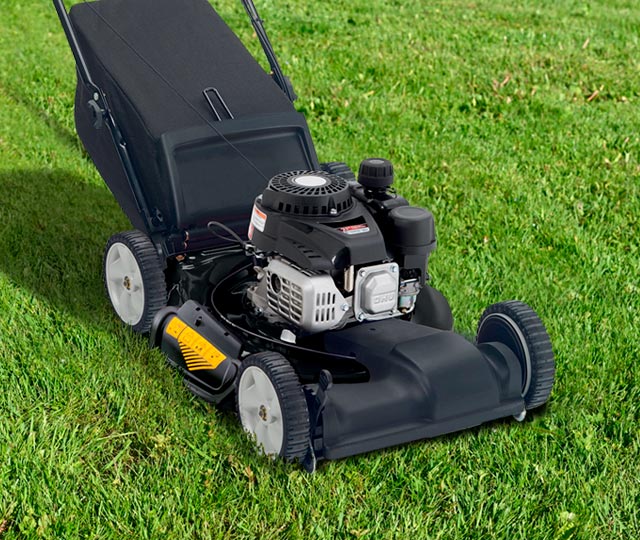

Battery mowers
Battery mowers are quiet and environmentally friendly and offer great handling. Aside from sharpening the blades, they require no particular maintenance. They’re a great option for lawns under 6,000 square feet.
But battery mowers tend to be heavier and have more limited range because the 24-volt battery needs frequent charging—particularly in long grass. Over time, the battery may stop holding its charge, and replacing it could cost 30% to 60% of the original price of the mower, which ranges from $500 to $1,500, depending on the make and model.
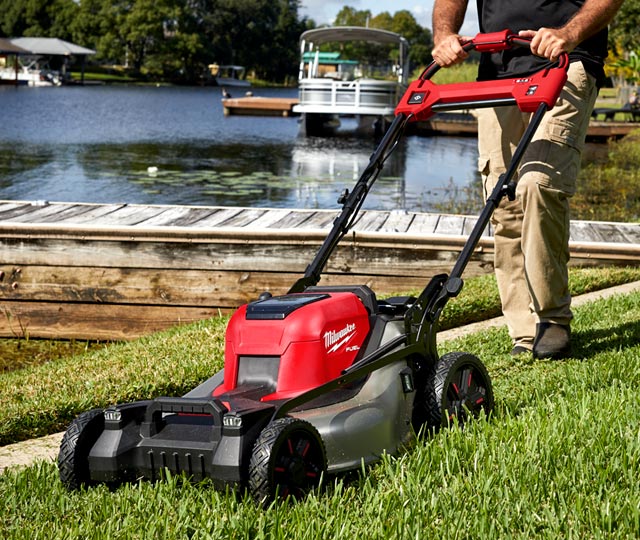

Electric mowers
Electric mowers offer the advantage of being lightweight and environmentally friendly, with no toxic fumes. They require minimal maintenance: just sharpen the blades to keep your lawn mower running smoothly. Electric mowers generally have 7- to 17-amp engines.
However, the power cord makes handling and mobility more of a challenge. To avoid the risk of electric shock, they should be used only on dry grass. Prices range from $200 to $400.
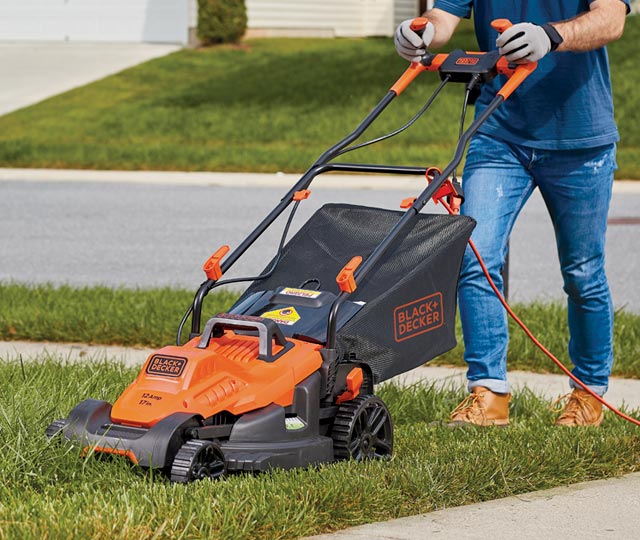

Pro tip: In addition to the power source, several factors can impact your lawn mower’s performance, such as blade quality, height adjustment, wheel width, and bagging, mulching and side discharge options.
2. Push or self-propelled
Some gas and battery mowers are equipped with self-propulsion systems that can be adjusted for walking speed, significantly reducing effort. What could be more practical for larger lawns? That said, push mowers are less expensive and perform better in wet or long grass. If you do get a push mower, be sure to check the weight of the model before buying.
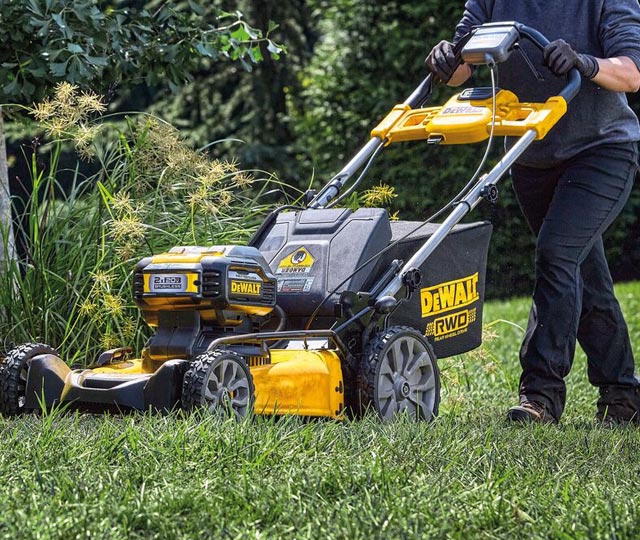

3. The power you need
Different mowers deliver different power. The power for gas engines is normally measured in foot-pounds (ft-lb) of torque or by cylinder size in cubic centimetres (cm3). Torque generally ranges from 5 to 7.5 ft-lb, while cylinder size varies from 125 to 190 cm3. Electric engine power is indicated in amps and ranges from 7 to 17 A.
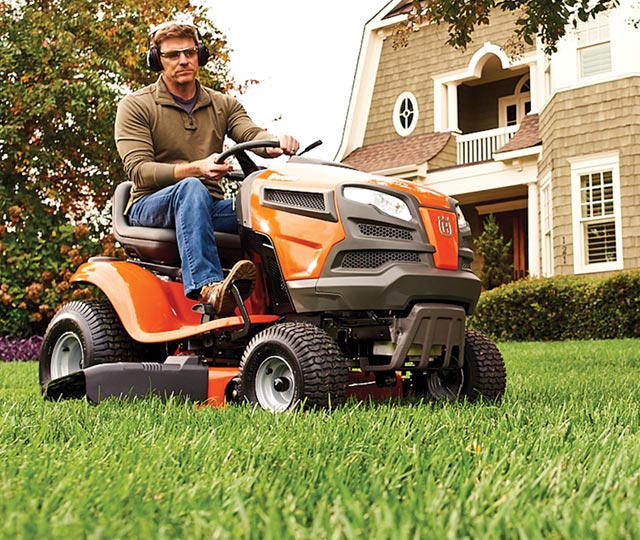

Pro tip: Is your lawn larger than 20,000 square feet? If so, you may want to consider a lawn tractor… unless you want to get in more than your requisite 10,000 steps a day! In addition to major time savings, the powerful motor on a lawn tractor makes cutting longer grass a breeze, reducing the number of times you have to mow in a season.
4. Weight
Gas mowers are notoriously heavier, particularly models that aren’t self-propelled. To give you a sense, most gas mowers with an empty tank weigh 40 to 75 lb, whereas electric models range from 29 to 51 lb.
5. Battery life and recharging time
If you’re planning to buy a battery mower, make sure you consider battery life. Most battery mowers run for 30 to 45 minutes, depending in part on the slope of the lawn, the length of the grass and weather conditions. If the job takes more time, you may need an extra battery. That said, many DEWALT® and Milwaukee® batteries are available on the market and are easy to swap between mowers.
Pro tip: A mower’s battery life is affected by the type of mowing and the length of grass. Models equipped with a lever to easily adjust the cutting height can save time and effort.
6. Grass clippings
Most reel lawn mowers can now bag the grass, a very practical option. Electric, battery and gas models can bag the grass, eject it on the side or mulch it to enrich the soil.
Pro tip: To curb weed growth naturally, keep your grass three to four inches high. And for a healthier lawn, change your mowing route from time to time.
String trimmers: The add-on you need
Some lawn mowers are sold with a string trimmer. This can be a particularly good option if you choose a battery mower, because the batteries could be interchangeable. There are also a wide range of electric and gas models available on the market.
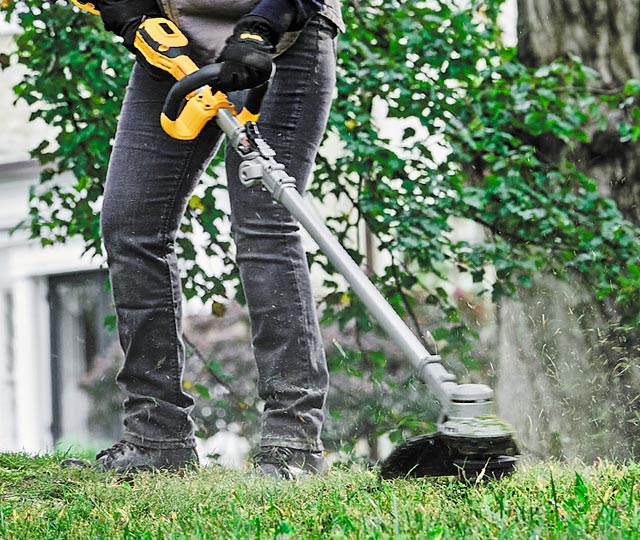

Astuce de pro : Prévoyez un dégagement d’au moins 30 pouces devant le bain et la douche pour y entrer aisément et de 30 à 40 pouces en face du meuble-lavabo et de la toilette. Si la grandeur de la pièce vous le permet, augmentez les espaces de circulation : plus ceux-ci seront larges, plus l’aménagement paraîtra aéré.
The final thing to consider is peace of mind: the warranty. Most lawn mowers have warranties ranging from one to five years on the motor, the battery and the charger. Armed with all this great advice, you’ll never have reason to say “The grass is always greener on the other side of the fence!”
Popular choices
Shop by category
Les renseignements de cet article sont présentés à titre informatif seulement et peuvent ne pas être applicables dans certaines situations ou facteurs particuliers. En cas de doute, adressez-vous à un expert en horticulture du BMR de votre région.
